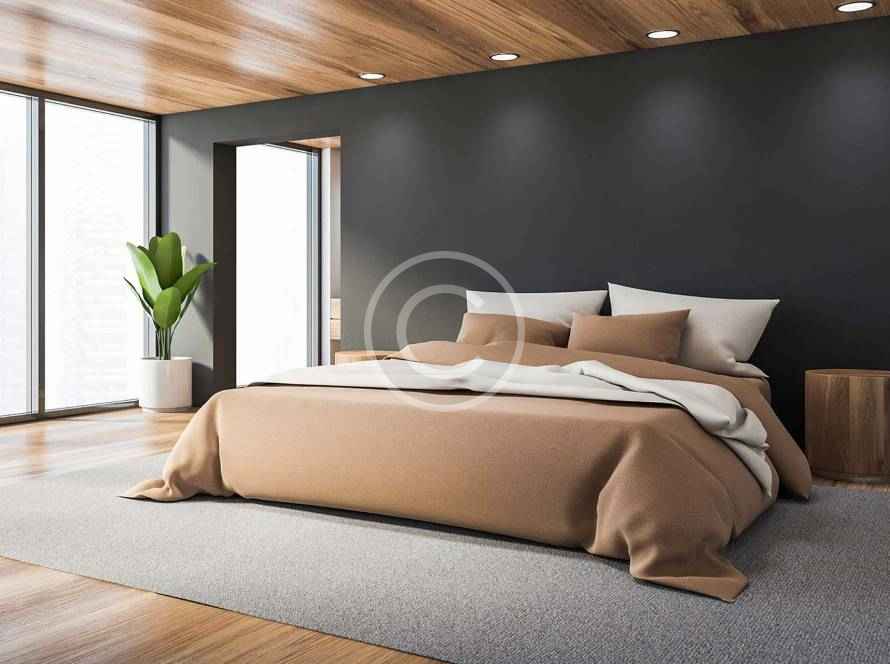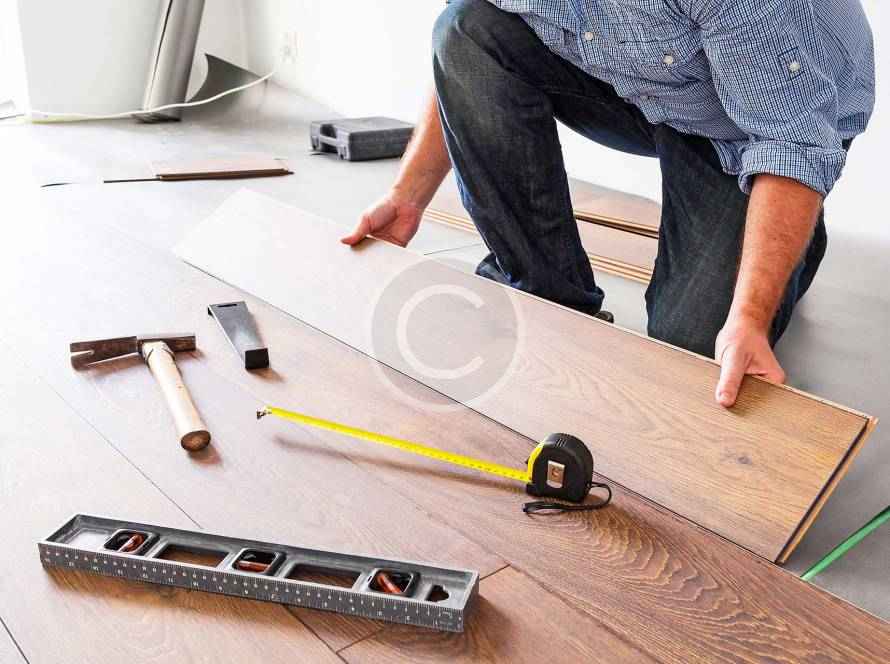Solid Hardwood Flooring is one of the most classic and desirable flooring options since it has been around for centuries. Not only does it add elegance and style to any space, but it can also boost a home’s value. Hardwood flooring is highly durable, hypoallergenic, and provides a timeless look to your house. If you are looking to install solid hardwood flooring in your home, here is everything you need to know.
What is Solid Hardwood Flooring?
Solid hardwood flooring is made entirely from solid wood, such as oak, maple, or cherry. The planks are typically ¾ inch thick and can be sanded and refinished multiple times, providing long-term durability. It is essential to understand the difference between solid hardwood and engineered hardwood flooring. Engineered wood flooring is made up of a top layer of hardwood with layers of plywood underneath, resulting in less durability than solid hardwood flooring.
Types of Solid Hardwood Flooring
Solid hardwood flooring comes in a range of options, including:
Oak Flooring: Oak is a popular choice for hardwood flooring since it’s widely available, durable, and versatile. It comes in various grades, from clear to rustic, and can be stained to achieve different colors.
Maple Flooring: Maple is much harder and more durable than oak, making it an excellent option for high-traffic areas. It’s a lighter wood with a subtle grain pattern that can be stained to warm, natural colors.
Cherry Flooring: Cherry is a stunning hardwood option with a beautiful red hue that darkens over time. Although it’s softer than oak, it’s still a durable option for residential areas.


Hickory Flooring: Hickory is one of the strongest and most durable domestic hardwoods, making it an excellent choice for homeowners seeking long-lasting flooring. It’s often used in rustic-style homes since it comes in various shades, including light, medium, and dark.
Walnut Flooring: Walnut is another stunning hardwood option with a rich warm color that darkens as it ages, making it an excellent option for both traditional and modern homes.
How to Install Solid Hardwood Flooring
The installation process of solid hardwood flooring can be time-consuming and costly, resulting in many homeowners turning to professional installers. However, if you have basic DIY skills, you can install hardwood flooring yourself.
Prepare the subfloor: The first step is to ensure that the subfloor is level, clean, and dry. If necessary, add a vapor barrier to prevent moisture from creeping up from underneath.
Measure the room: Accurately measure the length and width of the room and calculate the square footage to order enough hardwood flooring.
Acclimate the Flooring: It is vital to acclimate the hardwood flooring in the room where it’ll be installed for at least 72 hours to adjust to the room’s temperature and humidity.
Lay the First Row: Begin by laying the first row of planks along the longest wall. Use spacers to leave ½ inch gap along the wall to allow for expansion.

Install the Rest of the Flooring: Place the full-length planks in the second row, ensuring they’re locked into the groove on the previous row, staggering the seams to create a more natural look.
Install Baseboard Molding: Finish the installation by installing the baseboard molding to hide the expansion gap.
Solid Hardwood Flooring Maintenance
To maintain the beauty and shine of your solid hardwood flooring, you need to follow these tips:
Clean Regularly: Always sweep or vacuum your hardwood floors regularly to keep them looking good.
Avoid Water Damage: Do not let water sit on your hardwood floors since it can cause warping, staining, or the finish to peel upward.
Keep Out Dirt: Place doormats at each entryway to prevent dirt, debris, and abrasive substances like sand and gravel from getting onto your floors.
Avoid High Heels: Avoid walking in high heels since they can damage the finish of the hardwood flooring.
Maintenance: Refinish your hardwood flooring every 7 to 10 years to sustain its natural beauty, stain resistance, and protection.
Conclusion
Solid Hardwood Flooring is one of the most classic and timeless flooring options that add elegance to any space. It comes in various types, such as Oak, Maple, Cherry, Hickory, and Walnut, giving you endless design options. It is commonly used in high-end homes and can last for generations if well maintained. Installing solid hardwood floors can increase your home’s value, and with the proper maintenance, they can last a lifetime.


